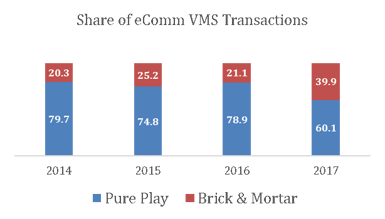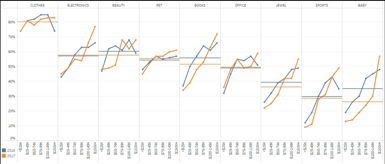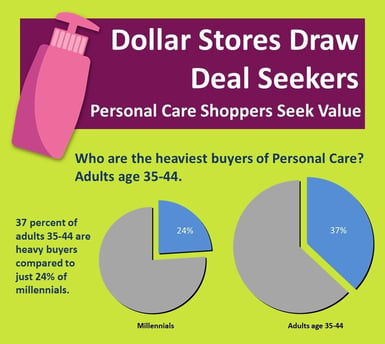Discount grocery stores, led by Aldi, have largest gain in share of trips, while traditional grocers, Target and CVS lose share in food and beverage categories
Shelton, CT – September 25, 2017 – Online grocery shopping’s share of trips in the U.S. has grown 13 percent over 2016, according to TABS Analytics’ Fifth Annual Food and Beverage Consumables Study. Although regular online shopping has increased, it is still eclipsed by the 98 percent of consumers who reported shopping in brick and mortar grocery outlets for foods and beverages (also known as consumables). For the first time, the annual TABS study analyzed the U.K. food and beverage market and found that online grocery shopping accounts for 8 percent of all shopping trips, which is more than double the U.S. number of 3.6 percent.










